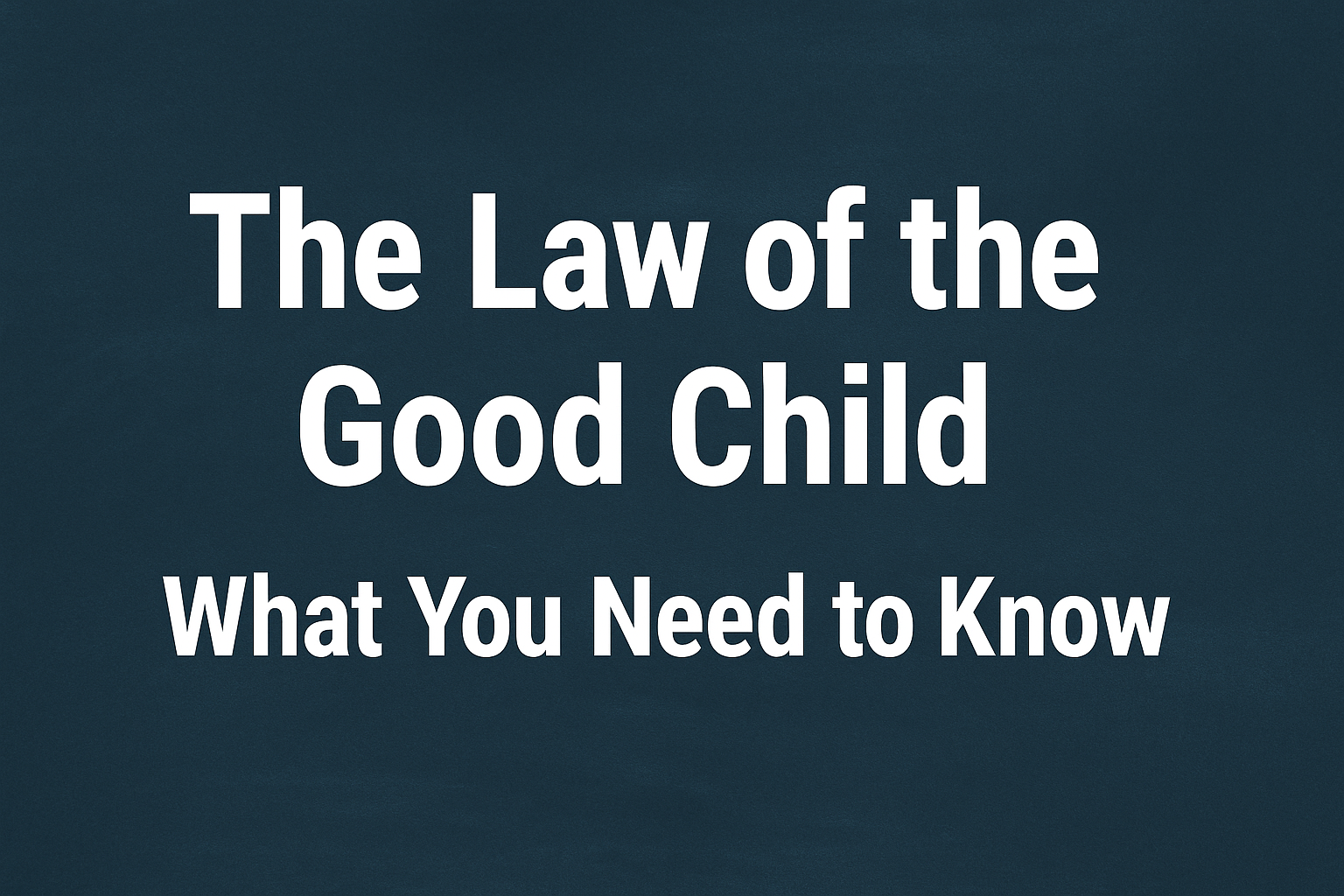Some stories speak softly but leave a loud echo in the heart. The Law of the Good Child is one such manhwa. It does not shout for attention, yet its voice is strong. This manhwa shows the painful side of growing up. It brings out questions many people do not want to ask. What does it really mean to be “a good child”? Who decides that? And what happens when a child is trapped in rules that hurt more than help?
This story is not light or easy. It shows a life full of control, silence, fear, and pain. But at the same time, it opens a door. Readers can see a piece of reality that many ignore. The manhwa pulls back the curtain on a world hidden behind closed doors and fake smiles.
Not every comic is about fun, love, or fights. Some go deeper. The Law of the Good Child does not try to entertain in the usual way. It forces the reader to think and reflect. If you want something with meaning, this manhwa is worth your time.
Below, we will explore the story, the characters, the art, and the message. Let’s look closer at why this manhwa stands out and what it tries to say about life, children, and the role of parents.
What Is The Law of the Good Child?
The Law of the Good Child is a psychological manhwa. It focuses on the life of a boy who lives under strict rules. His parents control everything. They expect him to be perfect. No mistakes. No disobedience. No freedom. They say it is for his own good. But is it really?
The boy in the story follows what his parents say. He tries to be “good.” He wants to please them. He keeps quiet even when things feel wrong. Over time, the pressure grows. It becomes clear that being “good” in this house is not safe. It is dangerous.
The title itself sounds innocent. It suggests rules meant to help a child. But in this story, the “law” is more like a cage. It keeps the child trapped. The manhwa shows how this control affects the mind. It brings out the quiet ways children can suffer behind walls that look normal from the outside.
The Main Character’s Struggle
The boy at the center of this manhwa does not have a name everyone remembers. What stays with you is his silence. He does not cry out. He does not fight back. He simply tries to survive. His actions show how children often feel powerless. Adults speak over them. Rules press down on them. They are expected to behave, obey, and never complain.
Each day, the boy tries to do what his parents want. He hides his true feelings. He tries not to make mistakes. If he fails, the punishment comes fast. The home should be a safe place. In this story, it becomes a battlefield.
His parents believe in order and control. They see mistakes as weakness. They act out of fear. They say they love him, but their love does not protect. It hurts. The story shows how even well-meaning parents can do damage if they ignore what a child really needs.
The Role of the Parents
In the manhwa, the parents do not act like monsters. That’s what makes the story more painful. They believe they are helping. They want the best for their son. But their way of love feels more like fear than care. They do not listen. They only command.
They set rules that sound good on the surface. “Respect your elders.” “Do not lie.” “Be polite.” These sound fair. But in the manhwa, these rules turn into tools of control. There is no room for mistakes. No space for feelings. No voice for the child.
The story makes a strong point. Good intentions are not enough. Parents must also learn. They must understand what the child feels. Without that, even love can turn cold.
A Story That Reflects Real Life
Many readers see their own past in this story. Maybe not as dark. But the feeling is there. The pressure to be perfect. The fear of doing wrong. The need to hide feelings just to please others. These are real things children face.
The manhwa does not use violence or fantasy to make its point. It uses silence. Long looks. Empty rooms. Closed doors. These quiet moments speak louder than words. They show what many children go through when no one is watching.
In some ways, this story is not about one boy. It is about all children who feel trapped. All children who smile when they want to cry. All children who do what they are told, even when it breaks them.
Art Style That Supports the Story
The art in The Law of the Good Child matches the tone. It is simple but strong. The faces carry deep emotion. The eyes speak what the mouth cannot. The colors are often cold and gray. This reflects the mood and the message.
There is little use of bright lights or action scenes. Instead, the artist shows quiet pain. A glance. A shadow. A small action. Each detail matters. Each panel pulls you in.
This style helps the reader feel the weight of the story. You do not just watch the events. You feel them. The slow pace lets the story unfold gently. It does not rush. It makes you think about what you see.
Why the Story Matters
This manhwa gives voice to those who stay quiet. Many children never speak of their pain. They follow rules and hope things get better. But silence does not heal. The story brings this truth to light.
It asks hard questions. Are children made to obey or to grow? Is being “good” the same as being safe? Do parents always know best? These are not easy topics. But they matter.
Some people may feel uneasy while reading. That is the point. Change does not come from comfort. It comes when we face hard truths.
How Readers Respond
Many readers say the story touched them deeply. They felt seen. Some cried. Some looked back at their own past. Others thought about how they raise their children.
The manhwa starts small. But its impact grows. It opens a door to deep talk. It shows how easy it is to overlook a child’s voice. It pushes readers to listen more, to care more.
This is not just a story for young people. Adults need to read it too. Parents. Teachers. Anyone who works with children. It offers lessons that many books do not teach.
What Can We Learn?
This manhwa teaches one clear lesson: children need space to be human. Not just good. Not just quiet. Not just perfect. They need love that listens. Rules that protect. Homes that feel safe.
It is easy to think control means care. But real care listens. It sees the child, not just the behavior. This story reminds us that fear and silence are not signs of respect. They are signs of harm.
If you read The Law of the Good Child, do not just look at the story. Look around you. Think about the children you know. What do they need? What do they feel? Start there.
The story brings this truth to light and opens a real conversation about mental health and the rights children and families have to care and support.
Conclusion
The Law of the Good Child is not a story for fun. It is a story for thought. It shows how easy it is to miss what a child really feels. It breaks the idea that being “good” is always good. It opens eyes to the silent pain that many children carry.
The manhwa may not offer happy scenes or wild plots. But it gives something more. It gives truth. And truth, even when it hurts, has power. The story does not just live on the page. It lives in the heart.
If you want a story that stays with you, this one will. If you care about what children face, read it. It may change how you see the world around you. It may help you give more space, more love, and more voice to those who need it most.
Sometimes, the stories that hurt the most also heal the most. The Law of the Good Child is one of those stories. Read it not to escape, but to understand.




